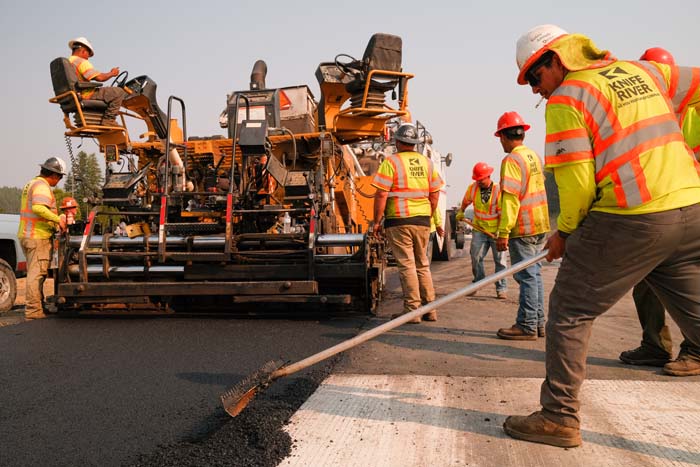Northeast Oregon History: La Grande Drive-In
Published 7:30 am Tuesday, August 7, 2018

- La Grande Drive-In 2018
Q: How long has the La Grande Drive-In theater been in operation?
A: 67 years.
The evening of May 10, 1951, was the first time La Grande residents could enjoy performances of Hollywood stars under the stars.
That is the night the La Grande Drive-In theater opened with showings of “Tarzan’s Peril” starring Lex Barker and Virginia Houston and “Beaver Valley,” a film about North American wildlife.
“See your favorite stars and pictures this way, in the privacy and comfort of your own cars. It’s a new thrill,” read an ad for the La Grande Drive-In in the May 9, 1951, Evening Observer.
Admission on opening night was 60 cents for adults and nine cents for children younger than 12.
In 1951, the drive-in had a capacity of 416 cars and speakers were provided for each one, according to The Observer’s archives.
Moviegoers were encouraged by the theater’s owners to dress casually.
“Come as you are and relax in your car,” stated one of the drive-in’s advertisements.
Movies shown after the drive-in’s opening weekend in 1951 included two starring future president Ronald Reagan — “Bedtime for Bonzo” and “Louisa.” A film of a boxing match between featherweight world champion Sandy Saddler and challenger Willie Pep was also shown at the drive-in that year.
The new drive-in was then competing against three indoor theaters in La Grande: the Granada, State and Liberty theaters. It is not known how well the drive-in did its first year, but it appears to have fared well for it continued operating through Nov. 13 when it concluded its season with showings of “When Willie Comes Marching Home” starring Dan Daily and “Dark City” starring Charlton Heston.
Cold weather was expected the concluding night of the 1951 season, according to the Evening Observer, which published a forecast calling for a low in the high 20s for Nov. 13. This must have been why the drive-in theater provided or paid for a free gallon of gas to the driver of each vehicle coming to the final showing of the season. The purpose of the gasoline was to allow moviegoers to run their vehicles during the Nov. 13 showing to keep from getting chilled.
“Keep warm at our expense,” read a Nov. 10, 1951, La Grande Drive-In ad in the Evening Observer.
The La Grande Drive-In opened at a time when the popularity of outdoor movies was beginning to gain momentum. By the late 1950s, there were approximately 4,000 drive-in theaters in the United States, according to www.DriveinMovies.com.
Today there are about 325 drive-in cinemas in the United States. This total includes just three in Oregon, a far cry from the 1950s when the state had about 70. Today, outside of La Grande, the only places one can find an operating drive-in theater in the state are Milton-Freewater and Newberg.
DriveinMovies.com states that Washington has five drive-in theaters and Idaho has six. Washington’s are in Bremerton, Colville, Oak Harbor, Port Townsend and Shelton. Idaho’s are in Caldwell, Driggs, Grangeville, Parma, Rexburg and Soda Springs.
The three primary reasons drive-in theaters are few and far between today are Daylight Saving Time, rising land prices and the availability of movies via rental and other means, according to www.DriveInMovies.com.
Daylight Saving Time, which took effect in much of the United States in 1966, meant sunset came an hour later during the busiest time of the year for drive-in theaters. In many parts of the country, during Daylight Saving Time, drive-ins were not able to start their first movie until 10 p.m. Rising land prices have been a factor because owners of drive-ins can make more money by selling their land to developers than operating an outdoor theater.
None of these factors have stopped the La Grande Drive-In, which remains a popular gathering place for moviegoers based on the long lines of vehicles waiting to get in before many shows.
The La Grande Drive-In, which now has 300 spaces for vehicles and uses a short -range FM radio system to broadcast the sound of movies to cars instead of speakers, is open Friday, Saturday and Sunday nights in the spring and summer. It opens annually in April or May and operates through early September.






